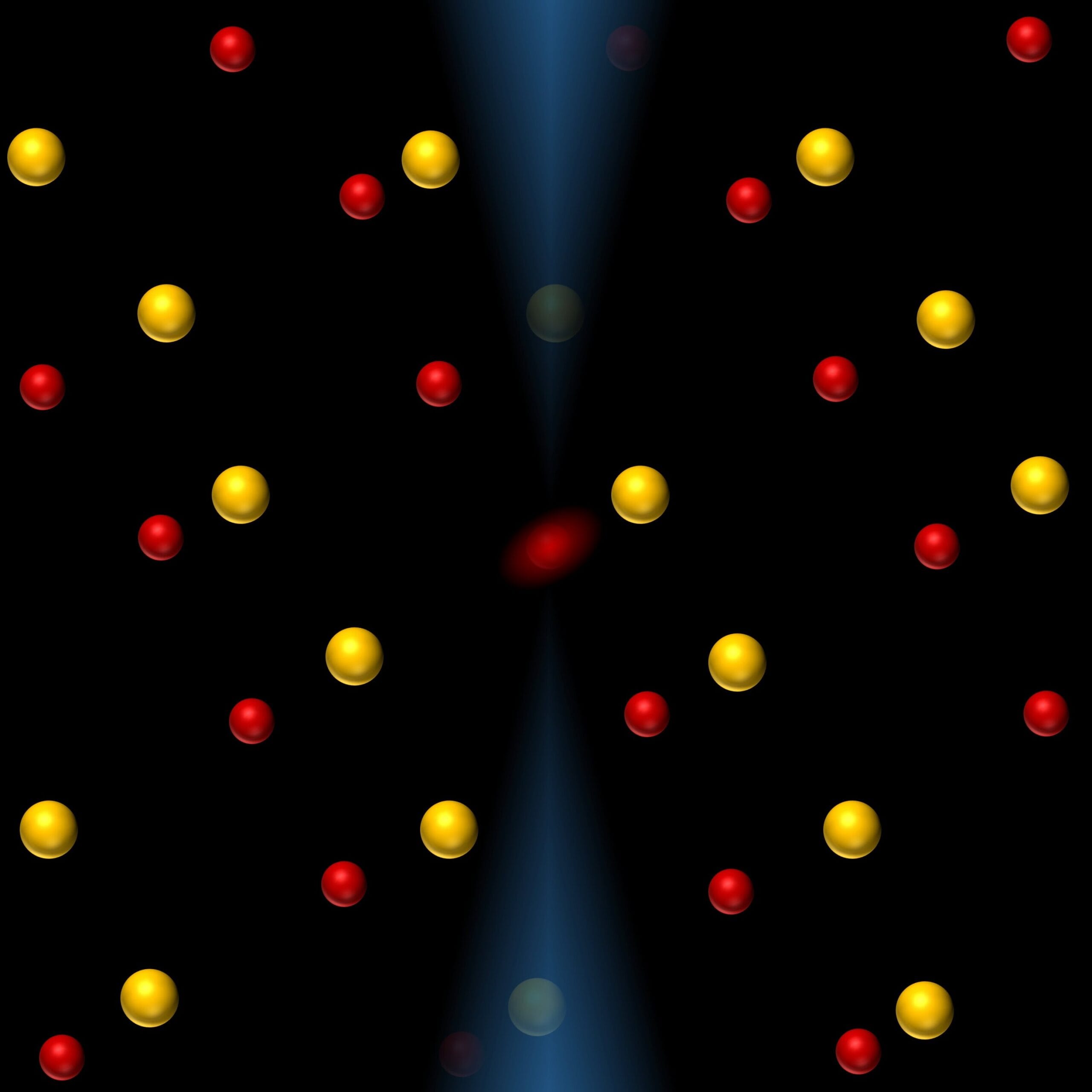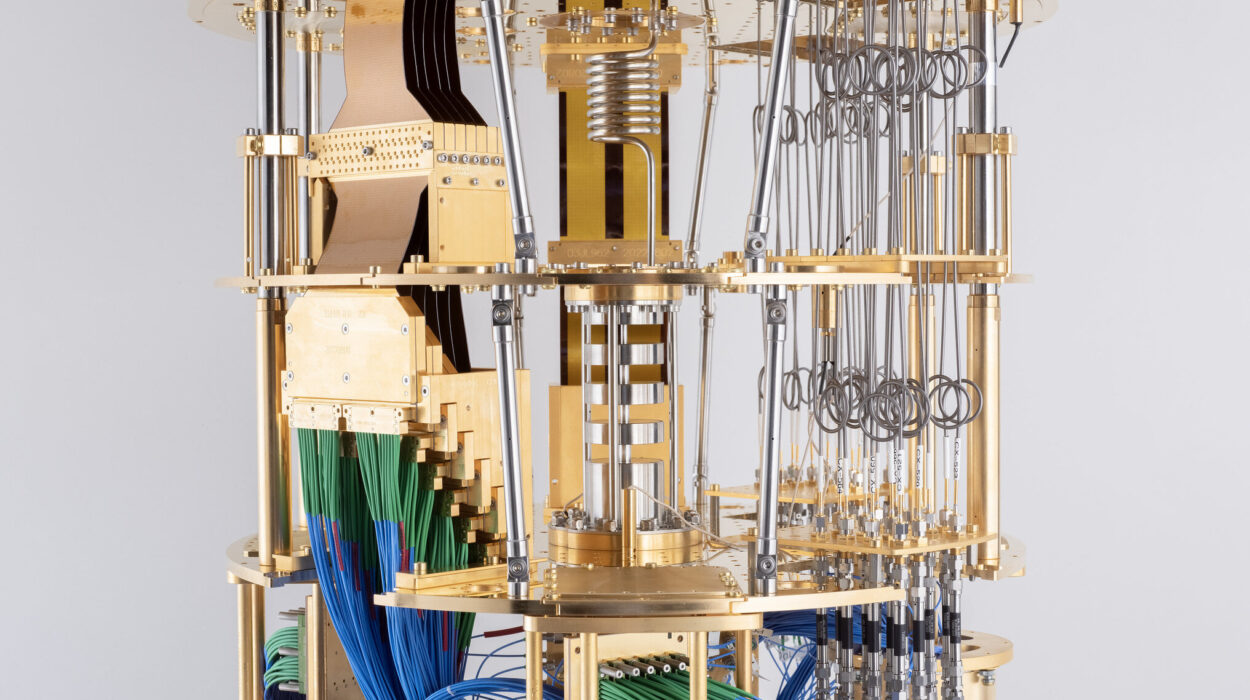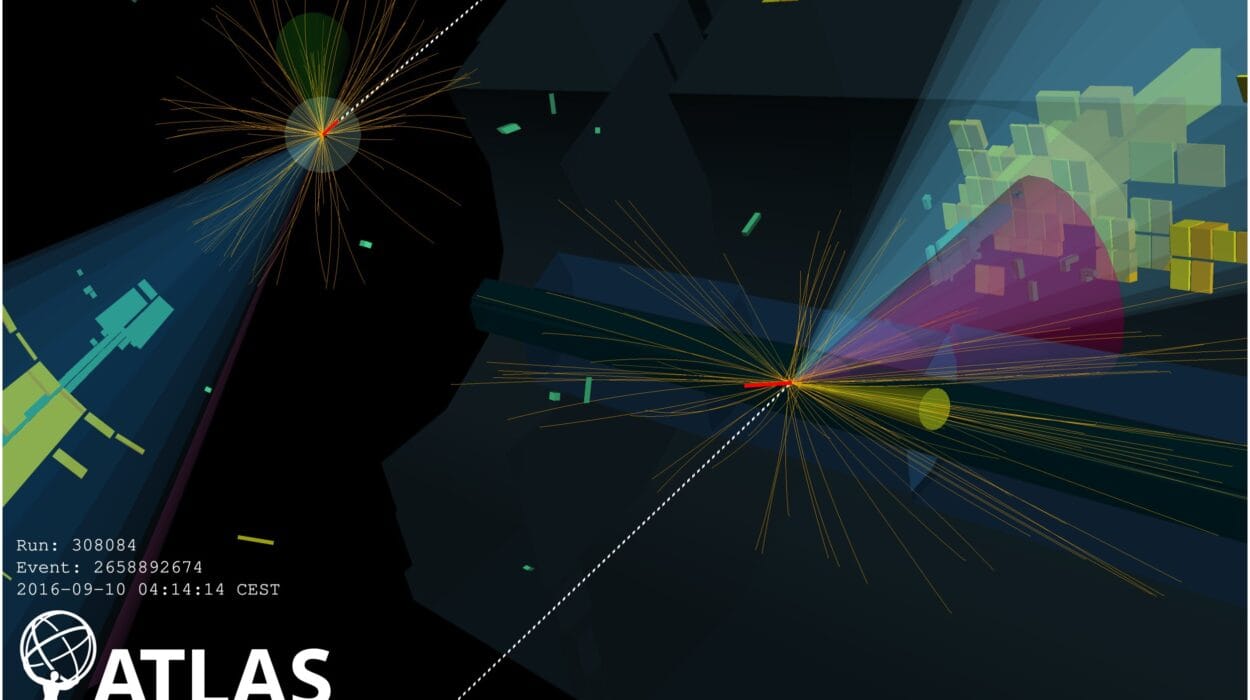For decades, scientists have known that atoms are never truly still. Even in the coldest, quietest conditions, they vibrate—faint ripples of motion, too subtle for even our most advanced microscopes to capture. These atomic tremors form the background noise of matter itself, influencing how materials conduct heat, carry electricity, and even transition into quantum states. But while the theory of these vibrations was long accepted, the visual evidence remained elusive. Until now.
At the University of Maryland, a group of researchers led by Assistant Professor Yichao Zhang has done the seemingly impossible: they have captured direct images of atomic thermal vibrations using a groundbreaking microscopy technique. In doing so, they have also revealed a mysterious form of motion—moiré phasons—that could reshape our understanding of two-dimensional materials, and open new frontiers in quantum computing and ultrathin electronics.
This revelation doesn’t just show atoms vibrating. It reveals how they vibrate, with a precision finer than 15 picometers—less than a ten-thousandth the width of a human hair. And in those minute fluctuations, a new universe of possibility is emerging.
The Promise of Two-Dimensional Worlds
In the world of materials science, size matters. Shrink any structure to just a few atoms thick, and strange things begin to happen. Electrons behave differently. Heat moves unpredictably. Light bends in unfamiliar ways. These ultrathin structures, called two-dimensional materials, are being explored as the future of electronics, quantum devices, and energy-efficient technologies.
Among them, materials like graphene—an atom-thin sheet of carbon—have already dazzled researchers with their strength, conductivity, and near-magical properties. But it is in the twisting of these sheets, ever so slightly, that something even more remarkable arises. When two layers are stacked at a slight angle, their atomic patterns interfere, creating moiré patterns—like overlapping ripples on water. These interference patterns generate new physical behaviors, including the emergence of moiré phasons, elusive collective vibrations that modulate the structure’s thermal and electronic properties.
For years, these phasons existed only in theory. Like the murmuring of a crowd beneath a roaring stadium, they were masked, hidden behind layers of atomic noise. Scientists suspected they played a key role in superconductivity, energy flow, and quantum coherence—but they couldn’t see them.
Until Zhang and her team cracked the code.
Ptychography: A New Lens on the Atomic World
The key to unlocking this hidden motion lies in a revolutionary technique called electron ptychography. Unlike traditional electron microscopes, which simply bounce electrons off a sample to form an image, ptychography reconstructs the scattering of electrons through complex algorithms, allowing researchers to create ultra-high-resolution images from the interference patterns themselves.
By combining this approach with state-of-the-art detectors and computational models, Zhang’s team achieved a level of clarity never before seen—detecting not only the positions of atoms, but the blur of their motion due to thermal energy. In this blur, they found something astonishing: a consistent, patterned vibration not dictated by the individual atoms alone, but by the larger moiré structure created when the layers twisted.
These were the moiré phasons. They weren’t just random jitters; they were organized, spatially localized oscillations, echoing through the material like a silent rhythm. These phasons had never been directly seen before. Now, they had not only been observed but precisely mapped.
The Physics of the Invisible Made Visible
What makes this discovery so profound isn’t just the beauty of the images—it’s the implications they carry. Moiré phasons are more than scientific curiosities. They influence how heat moves through a material. They determine how electrons travel. They even affect how superconductivity—a state where electricity flows with zero resistance—emerges in certain materials.
Zhang’s work has now confirmed that these phasons dominate the thermal behavior of twisted two-dimensional materials. In simpler terms, the way heat flows through these materials is shaped not by individual atomic collisions, but by these collective, ghost-like vibrations.
This revelation reframes how scientists think about the design of future electronics. Traditional materials rely on bulk properties—how thousands or millions of atoms behave collectively. But in these two-dimensional systems, the behavior is dictated by moiré patterns a few nanometers across. By controlling the twist between layers, or introducing precise defects, engineers could tune the material’s thermal, optical, and electronic properties with unprecedented control.
It’s like discovering that the tone of a piano can be changed not by tuning the strings, but by adjusting how the keys are placed beneath your fingers.
Decoding Nature’s Subtle Signals
Zhang described the discovery as “decoding a hidden language of atomic motion.” It’s an apt metaphor. For generations, science has tried to read the vibrations of atoms as if listening through a wall. Now, for the first time, we’re inside the room, hearing the whispers clearly.
This new language could enable the development of quantum materials that retain coherence longer, or electronics that dissipate heat more effectively. It might even lead to sensors capable of detecting the faintest thermal or quantum signals—devices with applications in space exploration, medicine, and climate monitoring.
The breakthrough also demonstrates that electron ptychography isn’t just a one-time marvel. It is a tool—one that will likely become a new standard for probing the atomic-scale behavior of advanced materials. Its ability to map vibrations at picometer precision places it at the forefront of a new age of nanoscience, where what we see is no longer limited by the size of the atoms themselves.
What Comes Next: A Future Vibrating with Possibility
The discovery of moiré phasons is not the end of the journey—it is the beginning. Zhang’s research group now aims to explore how these vibrations change when imperfections—defects and interfaces—are introduced into the material. Real-world devices aren’t perfect. Understanding how disorder influences atomic motion is crucial for building materials that work outside pristine laboratory conditions.
And the potential is vast. If scientists can learn to control these vibrations, not just observe them, they could engineer materials with customized thermal and quantum properties. Imagine a chip that manages heat by redirecting vibrations. Imagine a quantum processor made stable not by brute force, but by tuning the hidden rhythm of its atoms.
The implications extend far beyond physics. The ability to manipulate atomic motion could lead to technologies that are not only faster and more efficient but fundamentally different—devices built not with rigid circuits, but with orchestrated motion, where the dance of atoms becomes the conductor’s baton for the next symphony of innovation.
A New Vision for the Invisible
In a field often dominated by incremental progress, this discovery shines like a flare. It shows that even in the smallest realms of existence—in vibrations measured in trillionths of a meter—there is still mystery. Still wonder. Still room for revolutions.
It reminds us that the frontier of science is not always found in the stars, but sometimes just beneath our fingertips—in the quiet dance of atoms we’ve never seen, in the whisper of vibrations we’ve only just begun to hear.
And now that we can finally listen, who knows what songs the atoms will sing?
Reference: Yichao Zhang et al, Atom-by-atom imaging of moiré phasons with electron ptychography, Science (2025). DOI: 10.1126/science.adw7751. www.science.org/doi/10.1126/science.adw7751






